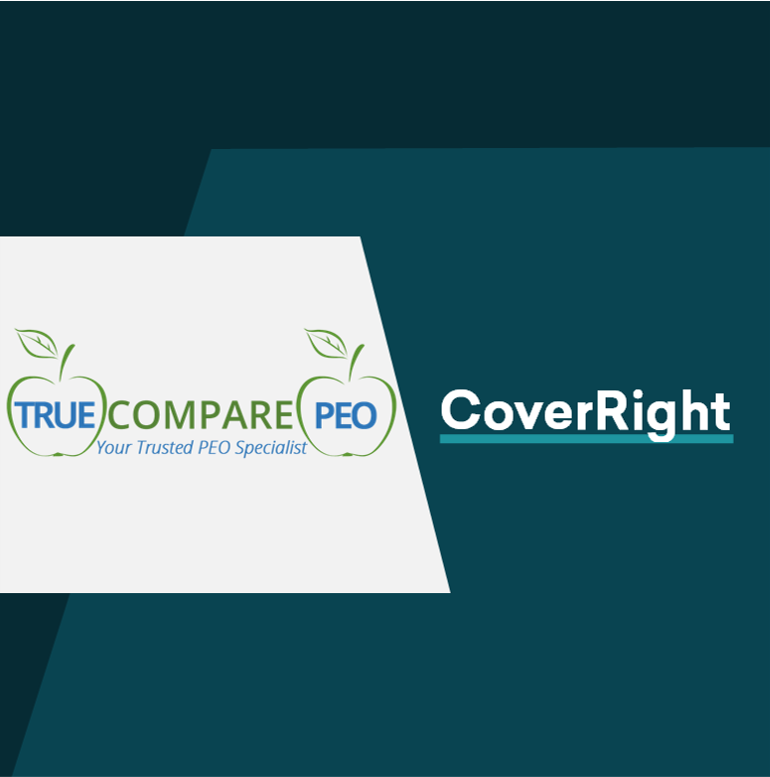Introduction
On average, the Kaiser Family Foundation reports that 39 Medicare Advantage plans are available for each Medicare beneficiary in 2022. Because of the volume, people may find it difficult to compare Medicare Advantage plans. Deciding on the right plan will be based on your personal situation – medical needs, financial capacity, and other health preferences.
This article is a guide on how to compare Medicare Advantage plans.
What is a Medicare Advantage plan?
Medicare Advantage plans, also known as Medicare Part C, are bundled plans offered by private insurance companies. Under original Medicare, you are covered by Part A (hospital insurance) and Part B (medical insurance). When you decide to enroll in a Medicare Advantage plan, you will have more benefits like Part D (prescription drug plan) coverage, as well as vision, hearing, dental, and wellness memberships.
The first thing to note, whether you are on Original Medicare or Medicare Advantage, you will always have to pay your standard Part B premium ($170.10 in 2022, or higher depending on your income). Medicare Advantage premiums may have their own premiums in addition to Original Medicare as well as plan-defined out-of-pocket costs. Therefore, it makes sense to compare Medicare Advantage plans to get the best possible coverage.
The good news though is that you are not tied to a plan forever. You can amend your coverage during the Annual Enrollment Period or Medicare Advantage Open Enrollment Period. Medicare Advantage plans are also not allowed to deny you coverage for medical reasons, so you will always be able to enroll in a plan without medical underwriting.
To find out more about the advantages and disadvantages of Medicare Advantage read this article on Medicare Advantage vs. Original Medicare.
What Medicare Advantage Plans are available?
When you are comparing Medicare Advantage plans, you will come across these two major types of Medical Advantage plans.
- Health Maintenance Organization (HMO) (59% of all Medicare Advantage plans): plans wherein a primary care physician oversees your overall health care. Plus, your choice of doctors and hospitals is limited to those under the HMO network, except during emergencies.
- Preferred Provider Organization (PPO) (37% of all Medicare Advantage plans): these plans are more flexible than HMOs. With PPOs, you are free to visit the plan’s ‘preferred providers’ (also known as in-network providers) or any out-of-network provider that accepts Medicare, giving you more flexibility on your choice of doctors.
It’s important to understand the differences when you compare Medicare Advantage plans. We outline the key differences in this HMO vs. PPO article.
There are also Special Needs Plans (SNP), which are designed to deliver integrated care for beneficiaries who are dual-eligible (eligible for both Medicare and Medicaid) or those under challenging circumstances like living in institutions, or suffering from serious chronic illnesses.
Other Medicare Advantage plans like private fee-for-service (PFFS) or HMO-POS plans have variable costing options. However, these make up a very small proportion of total enrollments.
How should you compare Medicare Advantage plan costs?
The key costs to compare across Medicare Advantage plans include:
- Monthly premiums: You will always pay the standard Part B premium regardless of if you stay in Original Medicare or switch to Medicare Advantage. Add to this any monthly premium for your chosen MA plan. In 2022, 59% of MA plans have a $0 premium. PPO plans may have higher premiums than HMO plans for added doctor network flexibility.
- Annual deductibles: Depending on the MA plan, there is an annual deductible that you need to reach before you the plan’s benefits kick in. Most plans will have no to minimal medical deductible, but you may find that the plan has a prescription drug deductible if the plan has bundled prescription coverage.
- Copayments/coinsurance: A feature of MA plans is a list of copayments (a flat fee for each medical visit/service) and coinsurances (% of the cost). Each plan will have its list of copays/coinsurance for different services such as ambulances, hospital stays, lab services, and outpatient x-rays. It’s important to carefully review the copays/coinsurances in the summary of benefits for the services you expect to use.
- Maximum out-of-pocket costs: The federal government mandates a maximum amount for your out-of-pocket expenses. In 2022, the maximum is $7,550 for in-network services and ($11,300 for in and out-of-network if you are in a PPO). Once you have reached this limit, the Medicare Advantage plan pays for 100% of costs. Some plans may have lower limits than the federal guidelines so it’s important to check your possible costs in a catastrophic scenario.
One tip when you compare Medicare Advantage plans – get all the costs. A $0 premium plan may look affordable, but such plans usually have higher copayments, deductibles, and out-of-pocket limits.
How will you determine which plan is best for you?
Here are some factors to consider when you compare Medicare Advantage plans:
- Personal budget and long-term medical needs: As you age, you will need to balance your medical needs alongside your finances. The key things to understand when comparing plans is what your regular monthly costs will be (doctor visits, drugs and other services you regularly expect to use) as well as if your comfort level with your out-of-pocket obligations in an emergency and/or catastrophic scenario (such as your maximum out-of-pocket limits).
- Prescription drug coverage: Prescription drugs can be expensive. While 89% of Medicare Advantage plans include prescription drug coverage, it’s important to check if your drugs are covered as plans cover do not necessarily cover the same drugs. Make sure to compare Medicare Advantage plans that have a Part D prescription drug plan.
- Network coverage: If you have specific doctors you must-see, make sure they are in the plan’s network. If you are satisfied with the doctors and hospitals under an HMO plan, this might be a great fit. However, if you prefer having more medical options, a PPO plan might be a better fit.
- Personal preferences: Are you looking for benefits like vision, hearing, and dental? Many Medicare Advantage plans offer some coverage for extra benefits, so try to find these features when comparing Medicare Advantage plans. Other benefits you might see include fitness memberships, meal deliveries (after hospital stays), and coverage for over-to-counter drugs
- CMS Star Ratings: The Centers for Medicare and Medicaid Services (CMS) has an annual star rating program wherein health plans are rated on a scale of 1 to 5 (highest). The results are based on factors like inspections, staff ratings, and various quality measures (QMs).
Final Words on Comparing Medicare Advantage Plans
When you compare Medicare Advantage plans, look at the details, and make sure the plan covers your health needs. Also, as healthcare and personal finances become increasingly intertwined as you age, it’s always important to aim for the right balance between cost and coverage. The tips in the article will put you on the right path to finding the right plan.
At CoverRight, we’re here to help you find the right coverage that you deserve. Reach out today and start finding the best Medicare plan for you.



















